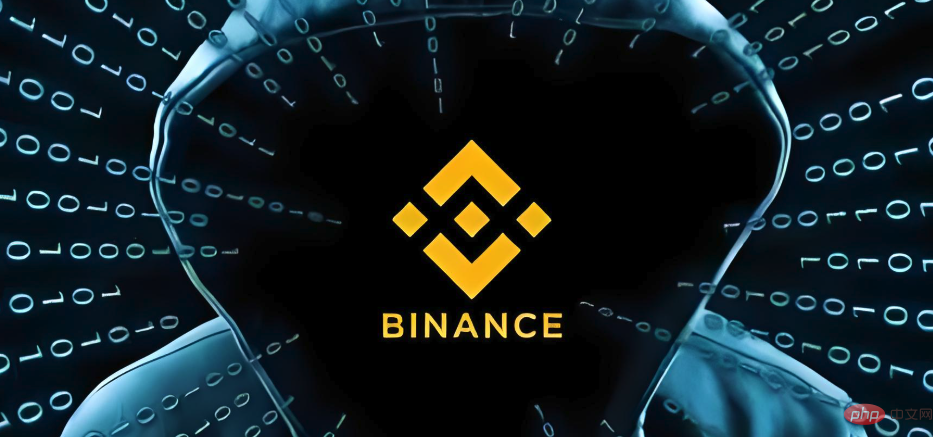Tether (USDT) and USD Coin (USDC) are both stablecoins designed to maintain their 1:1 value peg to the US dollar. However, there are key differences in issuers, transparency, regulation, speed and expenses. USDT is issued by Tether and has low transparency and is not regulated yet. USDC is issued by Circle Consortium, providing greater transparency and is registered with the New York Department of Financial Services. USDT has a better advantage in transaction speed and cost, while USDC has a high reputation for security, claiming to be backed by cash and U.S. Treasury bonds from qualified custodians.

The difference between USDT and USDC
USDT (Tether) and USDC (USD Coin) are stablecoins, In 1:1 peg with USD. However, there are some key differences in the way the two work:
1. Issuing agency:
2. Transparency:
3. Legal Supervision:
USDT is not regulated by any regulatory authority.USDT usually has faster trading speeds than USDC because it is based on Omni Layer and Tron networks, etc. Various blockchains.
 5. Transaction Fees:
5. Transaction Fees:
USDT’s transaction fees are usually low In USDC, it depends on the exchange and blockchain used.
Both use encryption technology to protect user funds from hackers and fraud.
The security of USDT has been questioned in recent years as Tether has been accused of issuing unsupported tokens. Official website of trading platform for usdt and usdc
Official website of trading platform for usdt and usdc
okx Ouyi Installation package[adid]66f041e16a60928b05a7e228a89c3799[/adid]
binance Binance official website[adid]9f61408e3afb633e50cdf1b20de6f466[/adid]
Conclusion:
USDT and USDC are stablecoins with different issuing agencies, levels of transparency and regulatory frameworks. USDT usually has faster transaction speeds and lower fees, while USDC provides greater transparency and security. Users should consider these differences when choosing a stablecoin to meet their specific needs and risk tolerance.
The above is the detailed content of What is the difference between usdt and usdc? Learn about the information in the currency circle in one article. For more information, please follow other related articles on the PHP Chinese website!
 The difference between static web pages and dynamic web pages
The difference between static web pages and dynamic web pages
 What is the difference between 4g and 5g mobile phones?
What is the difference between 4g and 5g mobile phones?
 The difference between k8s and docker
The difference between k8s and docker
 The difference between JD.com's self-operated flagship store and its official flagship store
The difference between JD.com's self-operated flagship store and its official flagship store
 What should I do if my QQ account is stolen?
What should I do if my QQ account is stolen?
 Formal digital currency trading platform
Formal digital currency trading platform
 Top ten digital currency exchanges
Top ten digital currency exchanges
 What currency does USDT belong to?
What currency does USDT belong to?




